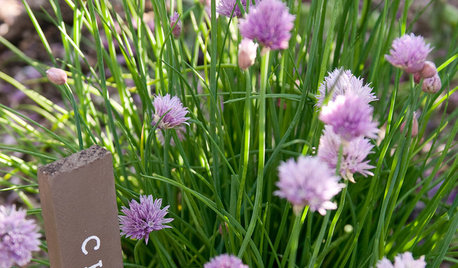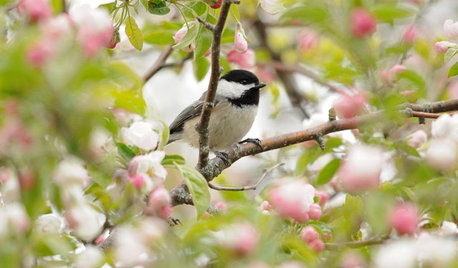I have no new compost this Spring
terry_upstate_ny
12 years ago
Related Stories

GARDENING GUIDESGet on a Composting Kick (Hello, Free Fertilizer!)
Quit shelling out for pricey substitutes that aren’t even as good. Here’s how to give your soil the best while lightening your trash load
Full Story
WINTER GARDENING6 Reasons I’m Not Looking Forward to Spring
Not kicking up your heels anticipating rushes of spring color and garden catalogs? You’re not alone
Full Story
HOUSEKEEPING20 Things You Might Be Forgetting to Spring-Clean
Clean these often-neglected areas and your house will look and feel better
Full Story
GARDENING GUIDESWhat Are Your Spring Gardening Plans?
Tearing out the lawn? Planting edibles? Starting from scratch? Tell us what you plan to change in your garden this year
Full Story
GARDENING GUIDESSimple Pleasures: Savor the First Spring Day in the Garden
How will you answer the call of the garden once the birds are chirping, the bulbs are blooming and the air is inviting?
Full Story
KITCHEN DESIGNSpring Clean Your Kitchen
Scour our 15 ways to ditch the dirt and get rid of the gunk, leaving your kitchen spick and span in time for spring
Full Story
SPRING GARDENINGSpring Gardens Are Waking — Here’s What to Do in March
Excitement fills the air when gardens come back to life. These guides will help you make the most of yours
Full Story
GARDENING GUIDESLet Lilac Love Flower This Spring
Whatever you bestow or receive for Mother's Day, lilacs can be an unmatched gift in the garden in May
Full Story
DECORATING GUIDESHot Looks From the Spring 2013 High Point Market
Get an eyeful of some of the colors, textures, materials and more taking a big stand at North Carolina's huge furnishings trade show
Full Story
PRODUCT PICKSGuest Picks: 20 Gorgeous Green Fabrics for Spring
Revive a room’s look with the freshest color around, on fabrics in styles from traditional to alternative animal print
Full Story





Kimmsr
hamiltongardener
Related Professionals
New Bedford Landscape Architects & Landscape Designers · Signal Hill Landscape Architects & Landscape Designers · Mount Wilson Landscape Architects & Landscape Designers · Biloxi Landscape Contractors · La Vista Landscape Contractors · Longview Landscape Contractors · Westford Landscape Contractors · Baker Decks, Patios & Outdoor Enclosures · Estero Decks, Patios & Outdoor Enclosures · Haddonfield Decks, Patios & Outdoor Enclosures · Honolulu Decks, Patios & Outdoor Enclosures · Hot Springs Village Decks, Patios & Outdoor Enclosures · Riverside Decks, Patios & Outdoor Enclosures · Westfield Decks, Patios & Outdoor Enclosures · Glendale Decks, Patios & Outdoor Enclosures